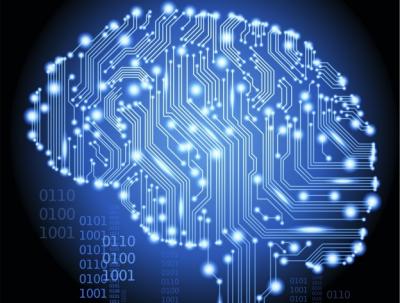Computational neuroscience and bio-inspired circuits and algorithms (CNS)
Low-power neuro-inspired or neuromorphic circuits and algorithms
With the trend of increasing data being collected from myriads of sensors in the age of Internet of Things, it is increasingly more important to find methods to deal with the data as early as possible. Therefore, our prime interest is to extract information or patterns from the data which lead to insights and potential actions based on those insights. We take inspiration from one of the best known low-power pattern recognizers in the world--our brain!
Research topics are:
- Multi-chip neuron network for cognitive systems - realization of digital VLSI for massive scale biophysically accurate neuron simulation.
- Neuromorphic or neuro-inspired network - stochastics, structural plasticity and concurrent processing; development of control methodology for high data throughput.
- Neuromorphic learning machines- development of effective computation algorithms for spiking neural networks based on: extreme learning machine, support vector machine, liquid state machine or echo state networks.
Low-power circuits and systems for neural interfacing
Acquiring signals from the brain is extremely important for understanding brain function and providing potential cure for brain diseases and abnormal function (e.g. epilepsy, tremor). We focus on neural signal recording from implants in the brain. These systems need to record uV level signals from hundreds of electrodes in parallel while dissipating minimal power (to avoid tissue damage).
Research topics are:
- Brain-machine interfaces - modelling and power-per-area efficient implementation of multi-channel time-multiplexed neural interface.
- Sensing method for implantable neural recordings in secure wireless networks - sensing/detection, security, compression and reconstruction of signal spikes originated in implantable neural recording devices (such as multi-electrode arrays) used to monitor the neural action potentials of a designated brain area.
- Conversion of heterogeneous bio-signals - development of conversion based sensing protocol for the joint acquisition of signals in a typical body sensor network composed of different kinds of sensing devices.

Project data
| Researchers: | René van Leuken, Amir Zjajo, Sumeet Kumar, Alexander de Graaf |
|---|---|
| Starting date: | January 2019 |
| Closing date: | December 2022 |
| Contact: | René van Leuken |